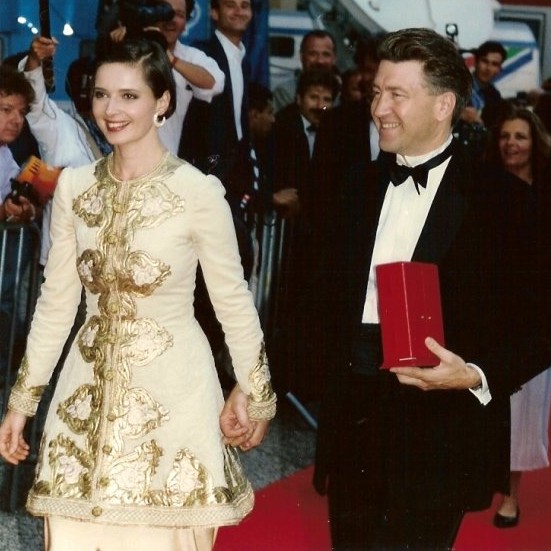
The cinematic landscape lost one of its most enigmatic and profoundly influential architects with the passing of David Lynch at the age of 78. Revered by cinephiles across generations, Lynch established himself as one of the most stylistically distinctive and thematically daring voices in American entertainment, introducing audiences to images and ideas typically associated with avant-garde art. His body of work, spanning over five decades, plumbed the darkness lurking underneath American normalcy, crafting dreamlike films and revolutionary television that consistently delighted, mystified, and, at times, horrified viewers.
Lynch’s artistry transcended conventional storytelling, fearlessly breaking narrative conventions in hallucinatory experimental films like ‘Lost Highway’ and ‘Inland Empire.’ His unique approach to filmmaking meant that his name itself became an adjective, ‘Lynchian,’ used to describe other works that echoed his surreal, frequently confounding, yet undeniably mesmerizing aesthetic. He was part of an elite cadre of independent filmmakers whose work was seen as so distinctive and personal that it inspired fierce debate on its literal and symbolic interpretations, a debate often fueled by Lynch’s famous reticence to explain much of his symbolism.
In this in-depth exploration, we delve into the career of a visionary director whose work etched an indelible mark on cultural consciousness. From his earliest experimental shorts to the groundbreaking features that cemented his status as a singular artist, we trace the evolution of David Lynch’s unique cinematic language, examining how he crafted worlds as enigmatic as they were unforgettable.
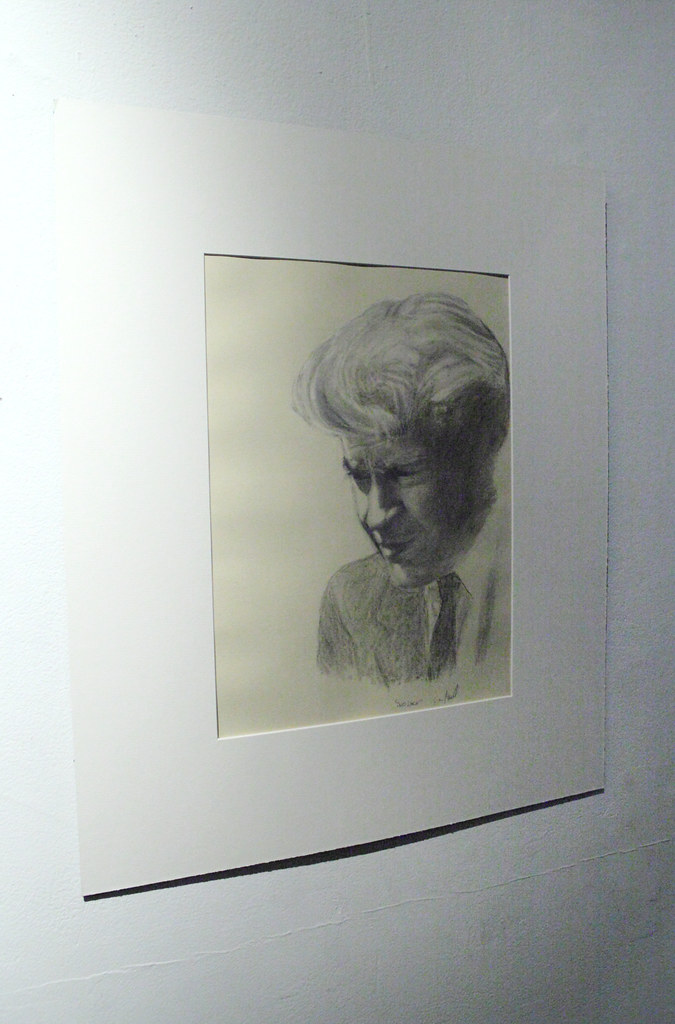
1. **The Singular Vision: Defining David Lynch’s Aesthetic**
David Lynch’s work is characterized by a “singular” vision, a term often used to describe his unique artistic fingerprint in Hollywood. He was renowned for his ability to craft films and television series that were “surreal and frequently confounding,” often leaving “rank-and-file cinemagoers” grappling with their literal and symbolic interpretations. This distinct approach meant that his creations were “mesmerizing and polarizing,” sparking passionate debates among cinematic aesthetes who sought to unravel their deeper meanings. His famous reticence to analyze or explain his symbolism only intensified this fervent discussion, making the interpretation of his art a significant part of its allure.
A key preoccupation throughout Lynch’s career was “the strangeness beneath the surface of America’s white-picket-fence ideal.” He consistently explored the unsettling undercurrents of seemingly ordinary life, revealing a world where “brutal violence and total love” could coexist, and where the mundane could suddenly give way to the uncanny. This exploration of duality – the innocent alongside the horrifying, the beautiful juxtaposed with the grotesque – became a hallmark of his storytelling, challenging audiences to look beyond superficial appearances.
His artistic philosophy emphasized the complexity of life, arguing that “films should be allowed to be, too.” Lynch believed his films meant “different things to different people,” and he resisted the notion of a “spoon-fed” single message. This commitment to ambiguity and subjective experience allowed his “masterpieces like Eraserhead, Blue Velvet, Mulholland Drive, and Twin Peaks” to resonate on multiple levels, inviting viewers into an interactive process of discovery rather than passive consumption.
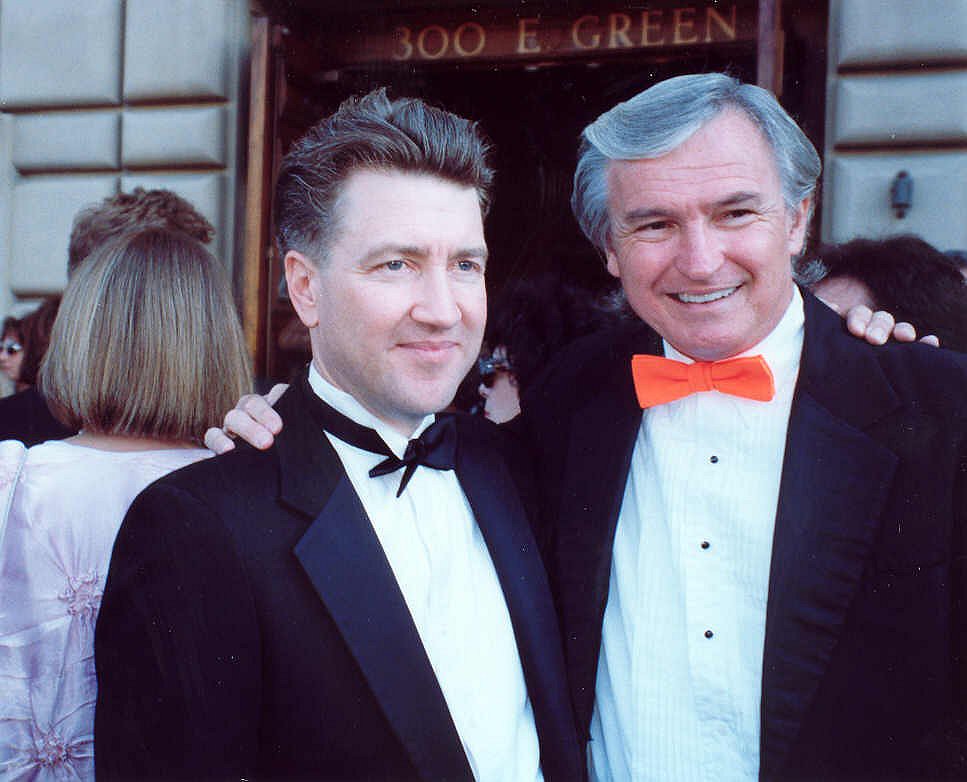
2. **Early Artistic Beginnings: From Painter to Filmmaker**
Born David Keith Lynch on January 20, 1946, in Missoula, Montana, Lynch’s early life saw him moving frequently due to his father’s job as a research scientist for the Department of Agriculture. Despite this itinerant childhood, his parents actively encouraged his artistic inclinations, noting that he would draw on reams of graph paper his father brought home. His mother, in a telling anecdote, “saved” him by refusing to give him coloring books where “the whole idea is to stay between the lines,” fostering an early sense of creative freedom.
Lynch’s initial artistic aspirations were firmly rooted in painting. Following high school, he enrolled at the School of the Museum of Fine Arts in Boston, later continuing his studies at the Pennsylvania Academy of the Fine Arts. It was during his time in Philadelphia that Lynch experienced a profound epiphany: while observing one of his paintings, he perceived the colors beginning to move and heard the sound of wind. This “audio-visual sensation” ultimately convinced him to pivot towards filmmaking, recognizing the potential of this new medium to bring his static art to life.
Philadelphia itself proved to be a deeply inspirational, albeit terrifying, period for Lynch. He described the city as a crucible of “violence and hate and filth,” recounting experiences like living near a city morgue and having his house robbed multiple times. He stated in the 2005 book *Lynch on Lynch* that “the biggest influence in my whole life was that city,” suggesting that the raw, unsettling reality he encountered there profoundly shaped the dark, subversive themes that would come to define his cinematic explorations.
Read more about: Jacques Charrier: French Actor, Artist, and Brigitte Bardot’s Ex-Husband, Dies at 88
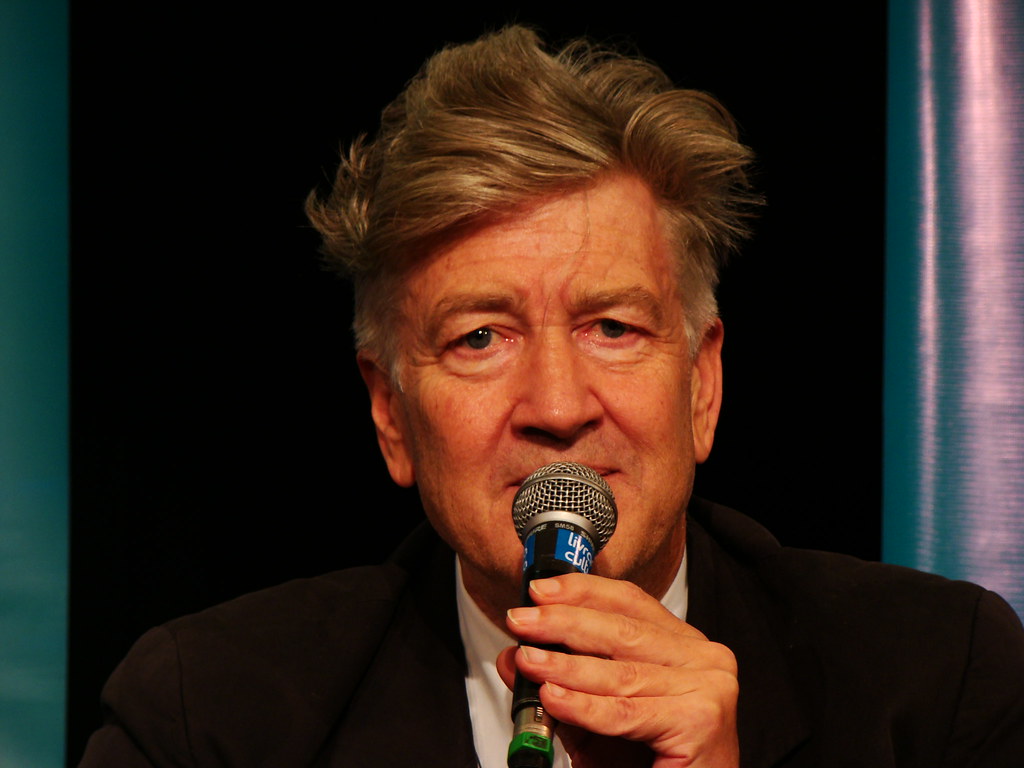
3. **”Six Men Getting Sick” (1967): The Cinematic Spark**
It was amidst the visceral, intense atmosphere of Philadelphia that David Lynch created his very first film, “Six Men Getting Sick (Six Times).” Made on a modest budget of $200 and released in 1967, this short animated piece marked Lynch’s official foray into the world of cinema. The film was, as he famously described it, “57 seconds of growth and fire, and three seconds of vomit,” a succinct yet striking encapsulation of its experimental and somewhat grotesque nature.
The short film literally depicted “the bodies of six men filling up with a brightly colored bile, which they eventually spew out.” This early work immediately showcased Lynch’s burgeoning talent for the “horror and the grotesque,” hinting at the unsettling imagery and body horror that would later permeate some of his more renowned features. It was a bold, unvarnished expression of an emerging artistic voice, unafraid to confront the visceral aspects of human existence.
“Six Men Getting Sick” was more than just an early experiment; it was a pivotal moment that cemented Lynch’s path towards filmmaking. It demonstrated his willingness to blend “live action and animation” and to push boundaries, laying the groundwork for the unique visual and narrative style that would become his signature. This foundational short, though brief, was the cinematic spark that ignited a half-century career of artistic exploration and innovation.

4. **”Eraserhead” (1977): The Midnight Movie Genesis**
Following his early shorts and a move to Los Angeles to study at the American Film Institute Conservatory, David Lynch embarked on his debut feature-length project, “Eraserhead.” Filming commenced in May 1972 and stretched over several years, largely due to persistent funding issues. The money to complete the “startling black-and-white odyssey” came from a patchwork of sources, including grants, loans from his father and friends like Sissy Spacek, and even Lynch’s own earnings from a paper route, highlighting his immense dedication to the project.
“Eraserhead” tells the story of “an unsettled man (played by Jack Nance) who is forced to take care of a deformed child in an alienating industrial cityscape.” The film’s bleak, dreamlike atmosphere and unsettling visuals were a direct reflection of Lynch’s immersive process; he essentially “immersed himself in the film fully,” even “living on set” during the prolonged production. This deep personal investment undoubtedly contributed to the film’s intensely personal and visceral quality.
When “Eraserhead” finally arrived in theaters in March 1977, it immediately “divided audiences,” with some viewers and critics finding it “repulsive,” while others were utterly “entranced.” Despite this initial polarization, the film eventually found its audience, becoming an “underground midnight movie favorite.” Its success in this circuit, coupled with the admiration of influential figures like producer Stuart Cornfeld, “kick-started his legacy” and positioned “Eraserhead” as a “seminal independent film.”
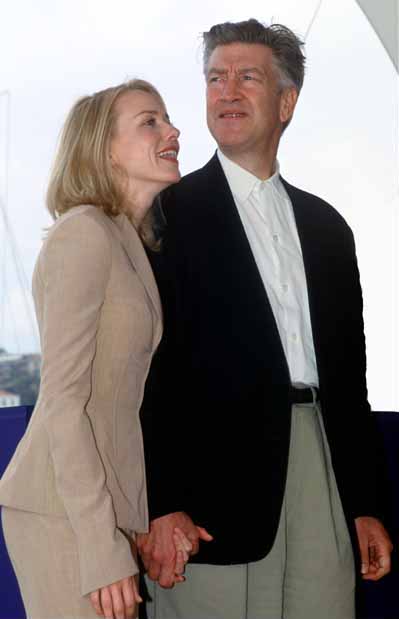
5. **”The Elephant Man” (1980): Mainstream Acclaim and Oscar Nod**
The unexpected success of “Eraserhead” brought David Lynch to the attention of mainstream Hollywood, leading to his next project, “The Elephant Man.” This film was a significant departure in terms of scale, produced for a major studio, Paramount Pictures, yet it retained Lynch’s distinct artistic sensibility. The drama was “loosely based on the life of Joseph Merrick, a physically deformed British artist who was exhibited at London ‘freak shows’ under the stage name that gives Lynch’s movie its title.”
Starring John Hurt in the titular role, alongside acclaimed actors Anthony Hopkins and Anne Bancroft, “The Elephant Man” proved to be a critical and commercial triumph. It was lauded as a “critical favorite and a modest commercial success,” demonstrating Lynch’s “preternatural talent for making an iconoclastic art-house sensibility intriguing to mainstream American audiences.” This film successfully bridged the gap between his avant-garde roots and broader appeal, showcasing his ability to tell a compelling story within a more conventional framework.
The film’s impact was undeniable, earning “eight Oscar nominations, including Best Director for Lynch.” Although “The Elephant Man” ultimately “went home empty-handed” at the Academy Awards, the nominations themselves cemented Lynch’s status as “one of the most exciting new directors in Hollywood.” It established his credibility within the industry and opened doors for future projects, even leading to an offer from George Lucas to direct “Return of the Jedi,” which Lynch famously declined, preferring to pursue his own distinct vision.
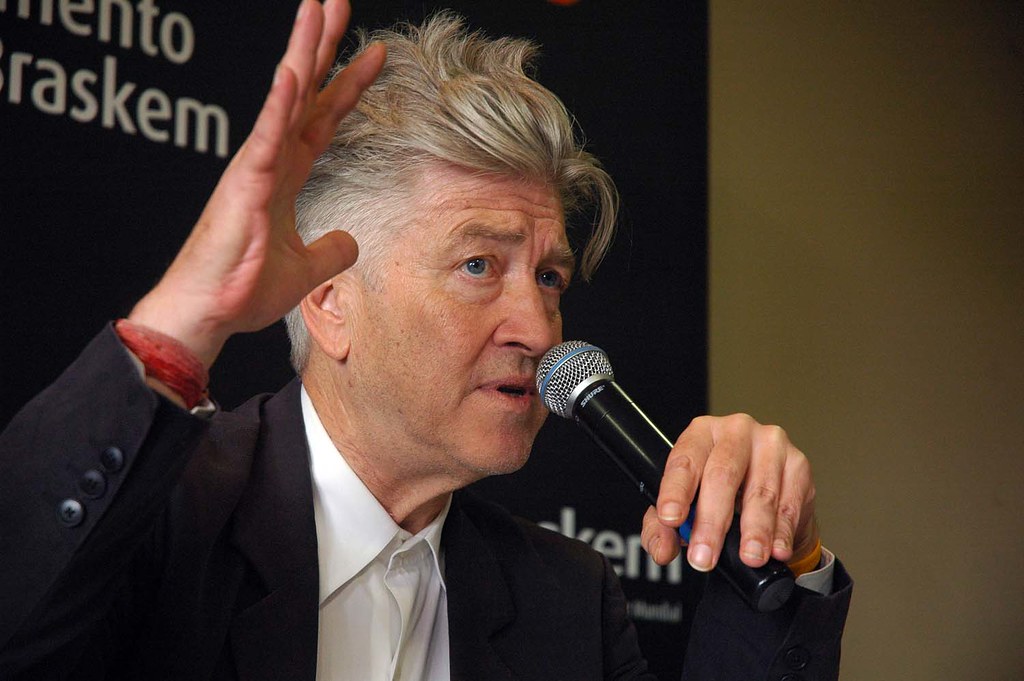
6. **The “Dune” Detour (1984): A Misfire and a Lesson**
Following the critical acclaim of “The Elephant Man,” David Lynch was presented with a significant opportunity: directing a big-budget adaptation of Frank Herbert’s seminal science fiction opus, “Dune.” This project saw him reuniting with regular collaborator Kyle MacLachlan, who starred in the role of Paul Atreides. The film represented a foray into a genre that Lynch admitted he had “never even really liked science fiction,” unless it was “combined with other genres,” hinting at the creative friction that might arise.
Unfortunately, “Dune” proved to be a challenging endeavor for Lynch, ultimately becoming both “a critical and commercial flop.” The experience was so disheartening for the director that he “all but disowned” the film. A key factor in his dissatisfaction was his relinquishing of “final cut” control, a decision he later rued. This loss of creative autonomy was so impactful that he even had his name replaced with a pseudonym on one version of the film that aired on broadcast TV, underscoring his profound disappointment with the final product.
The “Dune” experience served as a significant lesson for Lynch regarding the compromises inherent in large studio productions. While it was a “misfire” in his career, it reinforced his commitment to maintaining artistic control and pursuing projects that aligned more closely with his unique vision. It was a stark contrast to the independent spirit that had defined his earlier works and would continue to guide his most celebrated achievements.
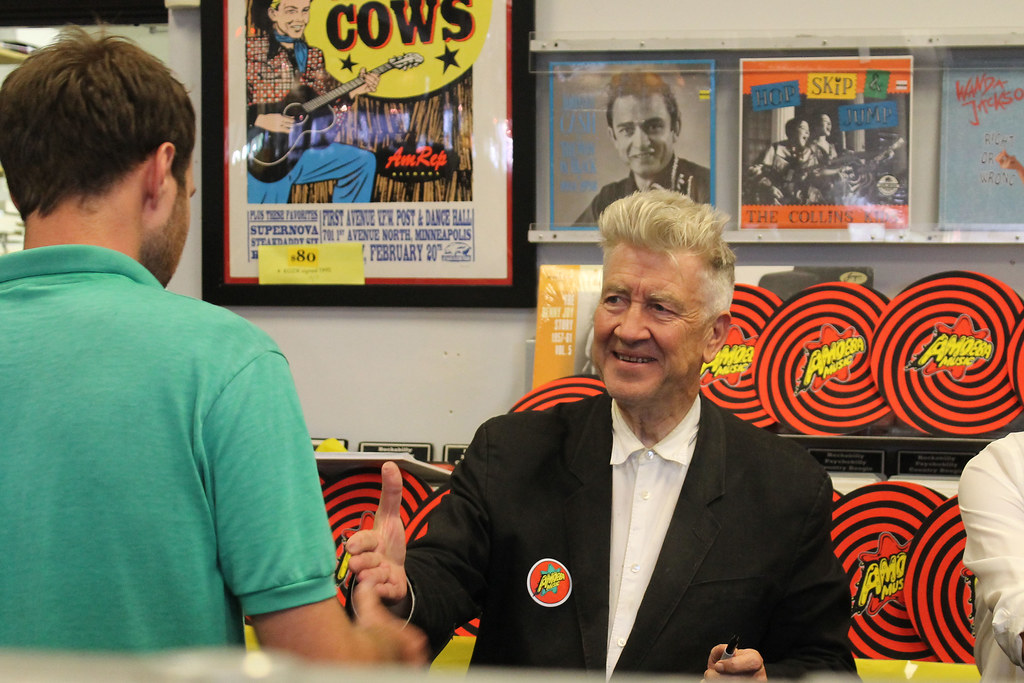
7. **”Blue Velvet” (1986): Unveiling America’s Dark Underbelly**
After the challenges of “Dune,” David Lynch returned to a project where he had full creative control: “Blue Velvet.” This neo-noir film, released in 1986, is widely regarded as a pivotal work that “cemented Lynch as one of the essential American filmmakers of his era.” It continued his exploration of the unsettling beneath the mundane, becoming “a timeless classic with its unsettling exploration of corruption and abuse.”
“Blue Velvet” stars Kyle MacLachlan as a naive college student who, after discovering “a severed human ear in a deserted field,” becomes entangled in “a harrowing underworld of violent abuse and unstoppable evil.” The film’s cast also featured Isabella Rossellini, Laura Dern, and Dennis Hopper in an iconic, terrifying performance as the “hellacious villain Frank Booth.” It was also Lynch’s “first collaboration with composer Angelo Badalamenti,” a partnership that would produce some of cinema’s most memorable and atmospheric scores.
Named after a popular 1950s song, the movie masterfully “evoked and distorted the midcentury suburban fantasy,” exposing the darkness lurking beneath a facade of idyllic Americana. Released at the height of the Reagan era, it “provoked intense critical debate,” famously panned by Roger Ebert while “other critics hailed it as a brave and unsparing look at the underbelly of small-town ordinariness.” Despite its initial polarizing reception, “Blue Velvet” is now arguably “Lynch’s best-known feature,” a powerful statement on the duality of American life.
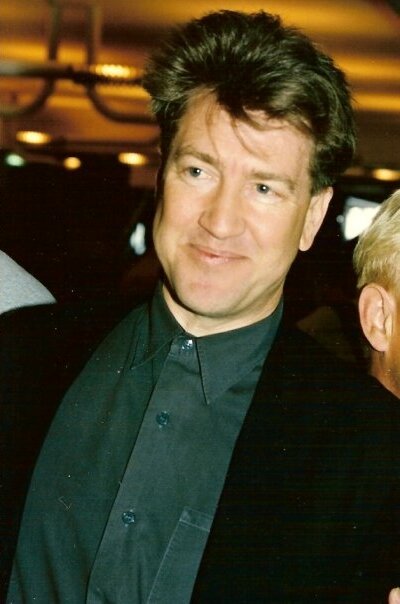
8. **”Wild at Heart” (1990): Palme d’Or and Dark Romance**
Following the critical debate stirred by “Blue Velvet,” David Lynch continued to defy expectations with “Wild at Heart,” a high-voltage lovers-on-the-run drama released in 1990. The film featured Laura Dern and Nicolas Cage, whose performances captured a raw intensity that became emblematic of Lynch’s distinctive approach to storytelling. It wove a narrative rich with Lynch’s personal fascinations, notably including numerous allusions to his beloved “Wizard of Oz,” integrating fantastical elements into its gritty realism.
“Wild at Heart” achieved significant international recognition, most notably winning the coveted Palme d’Or at the 1990 Cannes Film Festival. This prestigious award underscored Lynch’s growing stature in global cinema, acknowledging his unique blend of the bizarre and the emotionally resonant. The film cemented his ability to create works that, while often polarizing, were undeniably captivating and artistically profound.
Nicolas Cage, reflecting on his experience working with Lynch, lauded the director as a “singular genius in cinema, one of the greatest artists of this or any time.” He praised Lynch’s courage, brilliance, and a “joyful sense of humor,” remarking, “I never had more fun on a film set than working with David Lynch. He will always be solid gold.” This sentiment highlights the profound impact Lynch had not only on his audience but also on the collaborators who brought his visions to life.
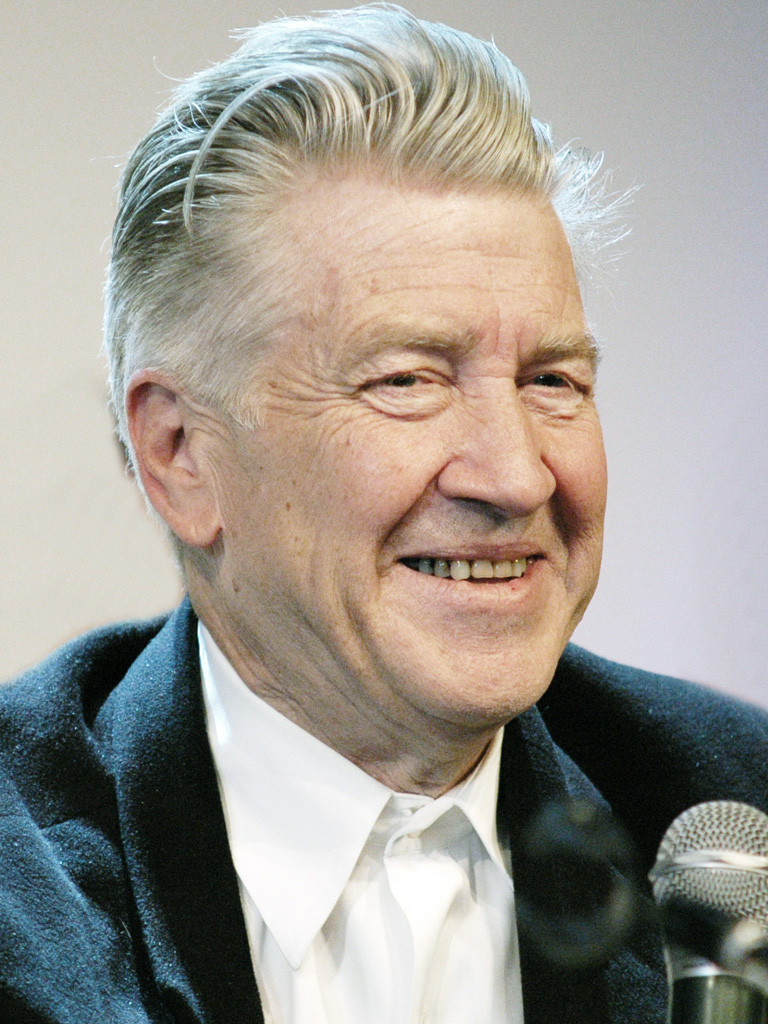
9. **”Twin Peaks” (1990-91): A Television Revolution**
Perhaps Lynch’s most indelible mark on popular culture came in 1990 with the debut of “Twin Peaks,” a television series co-created with Mark Frost. Released in the same year as “Wild at Heart,” this eccentric series was a groundbreaking blend of serialized murder mystery, metaphysical horror, deadpan comedy, and prime-time soap opera. It unfolded around the shocking murder of high school student Laura Palmer, and the subsequent investigation unraveled a tapestry of dark secrets, both mundane and supernatural, within the seemingly idyllic Pacific Northwest town.
“Twin Peaks” became an almost immediate cultural phenomenon, widely regarded as “prestige TV before there was prestige TV.” Its unique tone and narrative structure inspired a new generation of television auteurs, with figures like David Chase crediting the show’s mystifying atmosphere as a key influence on HBO’s “The Sopranos.” The series challenged conventional notions of television storytelling, drawing viewers into its enigmatic world week after week.
Despite its groundbreaking success, the series faced network pressure, leading to a premature revelation of Laura Palmer’s killer halfway through its second season. This decision, which Lynch later expressed serious regret over, arguably contributed to the show’s eventual demise, as co-creator Mark Frost revealed in 2024 that Lynch had believed the mystery should never be solved. Nevertheless, “Twin Peaks” concluded its original run on a tantalizing cliffhanger, leaving an enduring legacy of innovation and unanswered questions in television history.
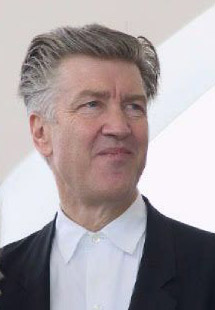
10. **”Twin Peaks: Fire Walk with Me” (1992) and The Return (2017): Expanding the Universe**
Lynch’s fascination with the bizarre universe of “Twin Peaks” extended beyond the original series, leading to further explorations of its intricate mythology. In 1992, he released “Twin Peaks: Fire Walk with Me,” an unnerving and tragic prequel film that delved into the final, harrowing days of Laura Palmer’s life. Though initially a commercial and critical disappointment upon release, the film has since been re-evaluated and is now considered by many to be one of Lynch’s finest and most haunting works, offering a darker, more visceral insight into the series’ central mystery.
Decades later, Lynch spearheaded a triumphant return to the beloved universe with “Twin Peaks: The Return,” an 18-part limited series that aired on Showtime in 2017. Set 25 years after the events of the original show, this revival captivated both long-time admirers and new fans, casting a profound spell with its uncompromising artistic vision and continued narrative complexity. Lynch described the experience as akin to revisiting a familiar place: “It’s sort of like going back to a place where you grew up. You know your way around, even though things are a little different. Memories come back and ideas come like that.”
Kyle MacLachlan, who reprised his iconic role as Agent Dale Cooper, spoke passionately about Lynch’s unique artistic sensibility. He praised the director for being “in tune with the universe and his own imagination on a level that seemed to be the best version of human.” MacLachlan intimately reflected on their long collaboration, stating, “Forty-two years ago, for reasons beyond my comprehension, David Lynch plucked me out of obscurity… He clearly saw something in me that even I didn’t recognize. I owe my entire career, and life really, to his vision.” Similarly, Mädchen Amick, another “Twin Peaks” star, shared a moving tribute, calling Lynch “my mentor,” “a masterful genius but more importantly, a simply wonderful guy,” and her “north star,” cherishing their “long conversations” and his consistent support for her career.
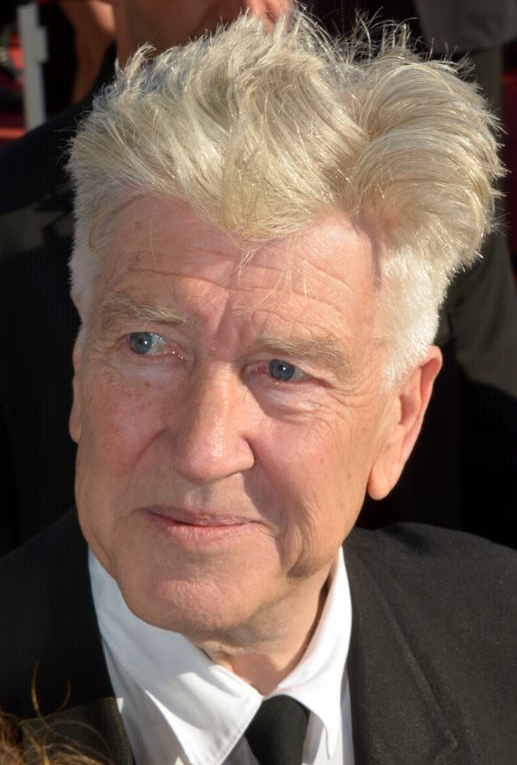
11. **Later Features: “Lost Highway” (1997) and “The Straight Story” (1999): Narrative Shifts and Unexpected Genres**
Continuing his prolific output in the late 1990s, David Lynch delivered two strikingly different feature films that showcased his unparalleled versatility and his willingness to subvert audience expectations. “Lost Highway,” a bleak neo-noir released in 1997, marked an artistic turning point as Lynch delved deeper into fractured, impressionistic narratives. This film confounded both audiences and critics with its enigmatic plot and unexplained key points, challenging viewers to interpret events for themselves, yet it ultimately found a devoted following among those who embraced its complex, dreamlike logic.
Just two years later, Lynch surprised nearly everyone by releasing “The Straight Story” in 1999. This film was a stark departure from his dark, surrealist aesthetic, presenting a gentle, family-friendly road trip drama distributed by Disney. It chronicled the true story of Alvin Straight, a real-life World War II veteran who embarks on a cross-country journey on his tractor to reconcile with his estranged brother before his impending death. The film’s earnest and heartwarming tone was a testament to Lynch’s ability to craft compelling narratives across an astonishing range of genres, proving his mastery extended far beyond the realms of horror and psychological mystery.
These two films, released in quick succession, underscored Lynch’s defiance of conventional filmmaking and his commitment to following his unique artistic impulses. “Lost Highway” pushed the boundaries of narrative coherence, while “The Straight Story” demonstrated his capacity for pure, unadorned storytelling. Together, they illustrate a director unafraid to explore new thematic territories and cinematic styles, always prioritizing his distinct vision over commercial or critical pressures.

12. **”Mulholland Drive” (2001): A Dreamlike Neo-Noir Masterpiece**
In 2001, David Lynch delivered what many consider to be one of his most profound and enduring masterpieces, “Mulholland Drive.” Originally conceived as a television series, the project was later reshaped into a feature film that quickly attracted a fervent cult following, emerging as one of the first midnight movies of the 21st century. The film is a haunting, multifaceted murder mystery and psychological drama, set against the always alluring, yet often treacherous, backdrop of Hollywood, exploring the curdling of dreams into nightmares.
“Mulholland Drive” revolves around an aspiring actress, Betty Elms (Naomi Watts), who arrives in Los Angeles hoping for stardom, only to become entangled in a labyrinthine narrative of identity, ambition, and illusion. Its intricate plot, rich with symbolism and shifting realities, prompted intense critical analysis and debate. The film’s profound impact on cinema was recognized in 2022 when the British magazine *Sight and Sound* asked critics to name the greatest films of all time, with “Mulholland Drive” notably securing the eighth position.
Despite the film’s complex nature, Lynch famously resisted the notion that he deliberately sought to tease or confuse his viewers. He articulated his artistic philosophy in *Lynch on Lynch*, stating, “You never do that to an audience. An idea comes, and you make it the way the idea says it wants to be, and you just stay true to that.” He saw “clues” not as intentional puzzles to be solved but as natural elements for the discerning viewer: “Clues are beautiful because I believe we’re all detectives. We mull things over, and we figure things out. We’re always working this way. People’s minds hold things and form conclusions with indications… I love the process of going into a mystery.”
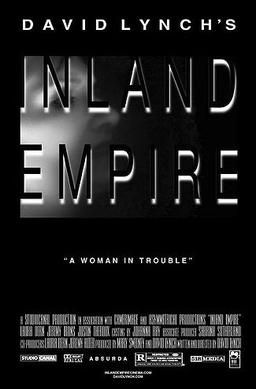
13. **”Inland Empire” (2006): The Final Feature and Continued Experimentation**
David Lynch’s last feature film, “Inland Empire,” debuted in theaters in 2006, nearly two decades ago. This enigmatic work continued his trajectory of pushing narrative and stylistic boundaries, presenting an even more elusive and challenging experience than its predecessor, “Mulholland Drive.” The film covered similar thematic territory, exploring the blurring lines between reality and illusion, often through the fractured psyche of its protagonist.
Shot on low-resolution digital video, “Inland Empire” embraced a raw, experimental aesthetic that further intensified its dreamlike and often unsettling atmosphere. It represented a culmination of Lynch’s increasing commitment to non-linear storytelling and ambiguous symbolism, demanding a deep engagement from its audience. While it proved to be a test of endurance for some, for devoted cinephiles, it offered another profound dive into the director’s unique artistic consciousness, solidifying his reputation as a filmmaker unafraid to alienate mainstream tastes in pursuit of pure artistic expression.
Though “Inland Empire” marked his final full-length cinematic release, it did not signify an end to Lynch’s creative output. In the years that followed, he continued to produce a wealth of short films and returned to television with “Twin Peaks: The Return.” This period demonstrated that while his feature film era had concluded, his artistic spirit remained vibrant and perpetually engaged in exploration across various mediums.
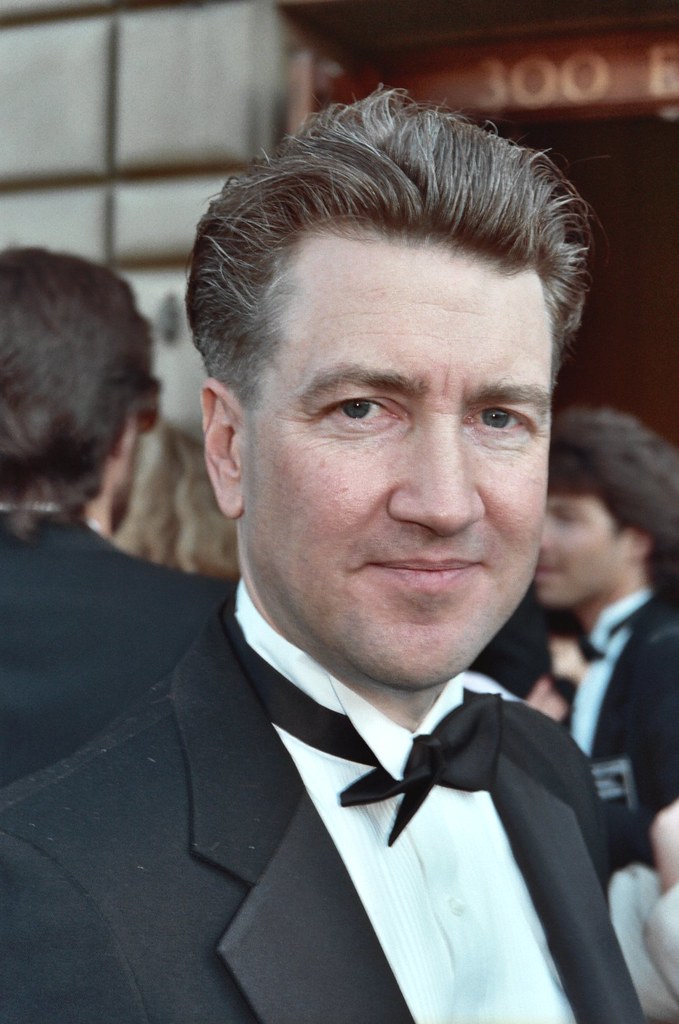
14. **Beyond the Screen: A Multidisciplinary Artist’s Enduring Influence**
David Lynch’s artistic endeavors were never confined solely to filmmaking. Throughout his career, he explored an expansive range of artistic mediums, showcasing the breadth and depth of his creative influence. He was a dedicated musician, recording experimental music and releasing three solo albums—”BlueBOB” (2001), “Crazy Clown Time” (2011), and “The Big Dream” (2013)—alongside numerous collaborative projects with his longtime composing partner Angelo Badalamenti, Jocelyn Montgomery, Marek Zebrowski, and Chrystabell. His last album, “Cellophane Memories,” with Chrystabell, arrived in 2024.
Beyond music, Lynch was an avid painter and visual artist, exhibiting his work globally, and even drew his own comic strip, “The Angriest Dog in the World,” for nearly a decade. He directed commercials, wrote three books, and passionately advocated for the practice of Transcendental Meditation (TM), founding the David Lynch Foundation to teach students about its benefits. In a more whimsical vein, he uploaded earnest, plainspoken “Weather Reports” to social media, offering daily musings from Los Angeles, and also designed the enigmatic Silencio nightclubs in Paris and New York.
His multidisciplinary reach even extended to acting, with a memorable cameo as legendary director John Ford in Steven Spielberg’s 2022 film, “The Fabelmans,” which marked his final on-screen appearance in a major production. Spielberg himself reflected on the experience, saying, “Here was one of my heroes—David Lynch playing one of my heroes. It was surreal and seemed like a scene out of one of David’s own movies. The world is going to miss such an original and unique voice. His films have already stood the test of time and they always will.” These diverse activities underscore his identity as a complete artist, constantly generating ideas across all forms.
Lynch’s pervasive influence was formally recognized with lifetime achievement awards, including the Golden Lion for Lifetime Achievement in 2006 and an Honorary Academy Award in 2019. His passing at 78, confirmed by his family after a diagnosis of emphysema, left a significant void in the cultural landscape. The family’s poignant Facebook post stated, “There’s a big hole in the world now that he’s no longer with us. But, as he would say, ‘Keep your eye on the donut and not on the hole.’” Despite his health challenges, Lynch maintained his artistic spirit, famously stating on Twitter, “I am filled with happiness, and I will never retire,” a testament to his enduring passion.
The world of film, television, and art will be much poorer without David Lynch’s irreplaceable voice and vision. He was a filmmaker who crafted entire universes from his dreams and nightmares, inviting audiences into mysteries that often defied rational explanation but always resonated on a deeply emotional and subconscious level. His legacy is one of unwavering artistic integrity, a boundless imagination, and an unparalleled ability to expose the beautiful, terrifying, and profoundly human strangeness lurking just beneath the surface of everyday life. As long as there are stories to be told and hidden truths to be uncovered, David Lynch’s work will continue to intrigue, inspire, and challenge generations to come, reminding us all to keep an eye on the donut, and cherish the golden sunshine and blue skies that frame even the darkest of tales.


